What is Roe v. Wade case and Why is it Historically Significant?
Picture Credit Grace Wilson
You may have heard of the case Roe v. Wade. You may have heard on the news, Tik Tok, Snapchat, or Instagram that it may soon be overturned. But what is it?
The original case:
On January 22, 1973, the Supreme Court issued a 7–2 decision in favor of “Jane Roe” holding that women in the United States had a fundamental right to choose whether to have abortions without excessive government restriction. Therefore, striking down Texas’s abortion ban as unconstitutional (Wiki). Since 1773, this case has gone on to lay the foundation for women’s rights to abortion and birth control.This 50-year-old ruling was the first to recognized a woman’s constitutional right to procure an abortion before the fetus gained “viability” at 24 weeks.
What you need to Know:
Supreme court cases throughout history have set the standards for the way that we look at and carry out laws. In 1973 women were guaranteed certain rights that were protected by the constitution. A safety everyone should feel they have.
Pregnancy All together:
For many people becoming pregnant can be a great thing, whether they are at that perfect time in their life or see it as a welcoming surprise they want to take on. What about the people who weren’t expecting this? Believe it or not, this happens all the time. According to the CDC, as of 2008 unintended pregnancies accounted for around 51% of all pregnancies in the US. The CDC also says this is due to “the unmet need for contraception, also known as birth control, and family planning. Most unintended pregnancies result from not using contraception or from not using it consistently or correctly (CDC).”
Out of all of these unintended pregnancies, 75% were in individuals ages 15-19 years old. Along with this, the rates were also higher between “people who were aged 18 to 24 years, had low income (<100% of federal poverty level), had not completed high school, were non-Hispanic black or African American, or were cohabiting but had never married(CDC).”
It seems like the real problem might not be that people are becoming unexpectedly pregnant, but that this country cannot teach or get the proper materials for proper sexual education, family planning, use of contraception, and overall health to our people in need.
History of Abortion and Women’s Rights:
According to Center for American Progress (CAP), and their article about the true history of abortions in colonial America, abortions were legal, condoned, safe, practiced procedures that were common enough to appear in both medical and legal records. Official laws about abortion didn’t appear until 1821, and it wasn’t until the 1860s that a woman couldn’t get an abortion before the “quickening” (aka kicking). Not to mention that abortion is just one of many contraceptive methods, many of which became very popular in the 1920s. According to the Vancouver Sun, “condoms were the most commonly prescribed method of birth control for men while women used pessaries – rudimentary rubber molds which would later evolve into cervical caps or the slightly larger barrier devices known as diaphragms.” If abortions, a type of contraception, are no longer protected by the constitution, where will individual states draw the line if the decision is left to them?
Pregnancy and Economics:
According to an interview with California Congresswoman Katie Porter, who is also a single mother, 60% of women that have abortions are already mothers and 75% live either at or below the poverty line. She says that if this case was overturned and abortions were made completely illegal in the US, it would increase the strain on the social safety net, make it more difficult for women to pursue their educations, be able to get promoted at work, and feed the children that they already have. Porter says, speaking from the role of a parent herself, that pregnancy and parenthood is in part an economic issue, as well as abortion.
Mental Health:
In recent years, more and more people have been recognizing the importance of mental health and, our generation (gen Z) is currently under the most pressure. When looking into this The Anne E. Casey Foundation(AECF) says, “individuals born between 1995 and 2010 — are growing up in an age of increased stress and anxiety. Some 70% of teens across all genders, races and family-income levels say that anxiety and depression are significant problems among their peers.” The poor mental health of the majority of teens is coupled with perinatal depression, postnatal depression, economic stress of raising a child, finding a home, buying food, ect. The following is a list of symptoms that often come with a pregnancy:
- “panic attacks – a racing heart, palpitations, shortness of breath, shaking or feeling physically ‘detached’ from your surroundings
- persistent, generalized worry, often focused on health concerns
- obsessive or compulsive behavior
- abrupt mood swings
- feeling sad, down or crying for no obvious reason
- having little or no interest in things that bring joy (like time with friends, exercise, eating or being with your partner)
- being nervous or on edge
- feeling tired all the time
- not being able to sleep
- losing interest in sex or intimacy
- fear of being alone with your baby
- intrusive thoughts of harming yourself or your baby
- brain fog, or finding it difficult to focus, concentrate or remember things
- engaging in risk taking behavior (such as drug use)(AECF)”
All of this goes without saying how horribly traumatic being forced to carry out a pregnancy is when it is the product of sexual abuse, a situation in which no state is prepared to make an exception for. According to the Rape, Abuse & Incest National Network (RAINN) about one third of all rapes are reported. Out of these reported cases, 73% are committed by people the victim knew, with 34% being their relatives. PubMed’s National Library of Medicine says that “The national rape-related pregnancy rate is 5.0% per rape among victims of reproductive age (aged 12 to 45)”. T, to put that into perspective, 32,101 pregnancies result from rape each year.
Including Both Parents:
While many people see the possible overturning of this case to be only an issue for people who have a uterus, that is not true in the slightest. Hypothetically, if this case ruling is changed and abortion is no longer protected under one’s constitutional right, parenthood should not only fall onto mothers. If women are expected to completely carry a pregnancy to term, the fathers should be forced to help economically and as a partner as well.
Medical Repercussions:
As humans we know that “when there’s a will there’s a way” and for many that “will” is to not have a child. If this ruling is overturned, there are certain states lying in wait to completely ban abortion altogether as soon as it is not protected by the constitution. For women who are living in these states and could soon be facing these conditions, they might be all out of options. You may be thinking, why can’t they drive or fly to another state or country? As was mentioned earlier, the majority of women who are getting pregnant and seeking abortions are at or below the poverty line. This means they might not have the same access as others to transportation or healthcare as a whole. It has also shown that traveling elsewhere makes future health care and follow up appointments very difficult.
Many people may have heard the morbid jokes about “DIY coat hanger abortions” but to many this is not a light topic. At home abortions are attempted by so so many young people in the US everyday. There is so much shame and fear that gets associated with abortions and sex that people are literally killing themselves to escape even just the thought of an unwanted pregnancy. When you Google Search “How can I give myself an abortion”, the world wide web can give you many answers such as, eat lots of papaya or pineapple, drink a certain tea, squat over a pot of boiling onions. First of all, none of these work. Second, many of these websites that seem like they could have your answers are actually clickbait (but it’s good, don’t worry) they use these examples to actually tell you that they don’t work, they could seriously hurt you, and the best way to have an abortion is to go to your doctor or a clinic that can help you. Some of these websites have helplines, such as Reprocare.com and Women Help Women.
LGBTQ+ and Racial Rights at Stake:
Since news has leaked about the Roe v Wade case, fear in everyone across America has skyrocketed, especially in the LGBTQ+ community. GLADD is the world’s largest lesbian, gay, bisexual, transgender, and queer (LGBTQ) media advocacy organization, their President & CEO Sarah Kate Ellis has released this statement in response to the draft opinion, “The attack on Roe v Wade coming out of the Supreme Court is not just an assault on abortion rights — it’s an assault on all Americans, especially those of us in marginalized communities. None of us are safe from the extreme anti-women and anti-LGBTQ ideology that now dominates this Court, and we must fight back in every way possible. It’s more critical than ever that Congress acts swiftly and strongly by ending the filibuster, codifying Roe into law, and passing the Equality Act in order to protect marriage and the other LGBTQ rights. The time is NOW and our very freedom is at stake.”
The Los Angeles Blade says, “legal restrictions on abortion disproportionately impact communities of color, LGBTQ communities, people with disabilities, and other individuals who are already faced with systemic barriers and discrimination that have cemented existing inequities in their access to health care.”If this fundamental right applies to every person born with a uterus. If they can take away women’s rights what is to stop them from taking away gay marriage, health care, contraceptives, or equality rights.
Let what is happening inspire you to take action, even if you do not believe in abortion, I urge you to do what you can do promote a proper sex education and use your voices.
Sylvia Brownlow is the Ranger Post Student Editor. She has been a part of the Ranger post going on 3 years at Lake Region. She is a senior that has the...
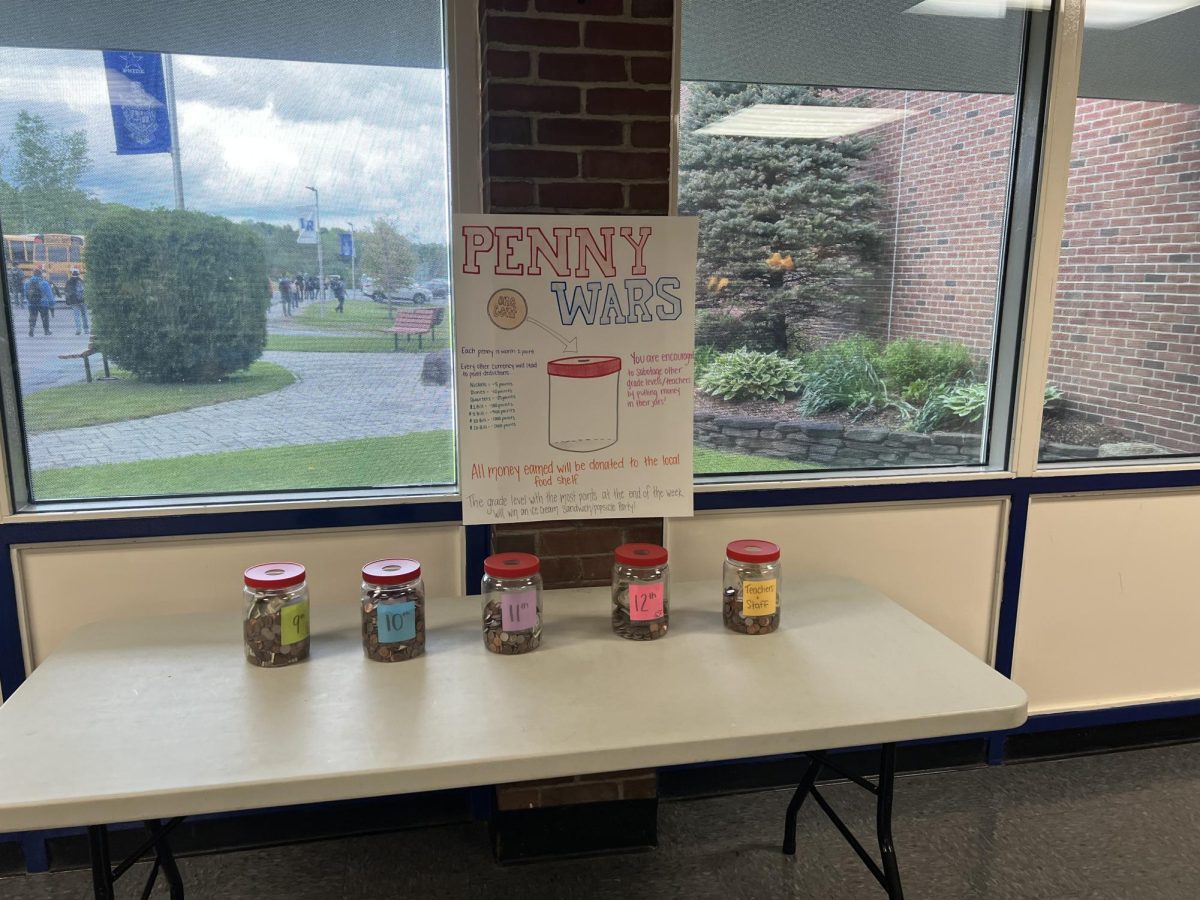



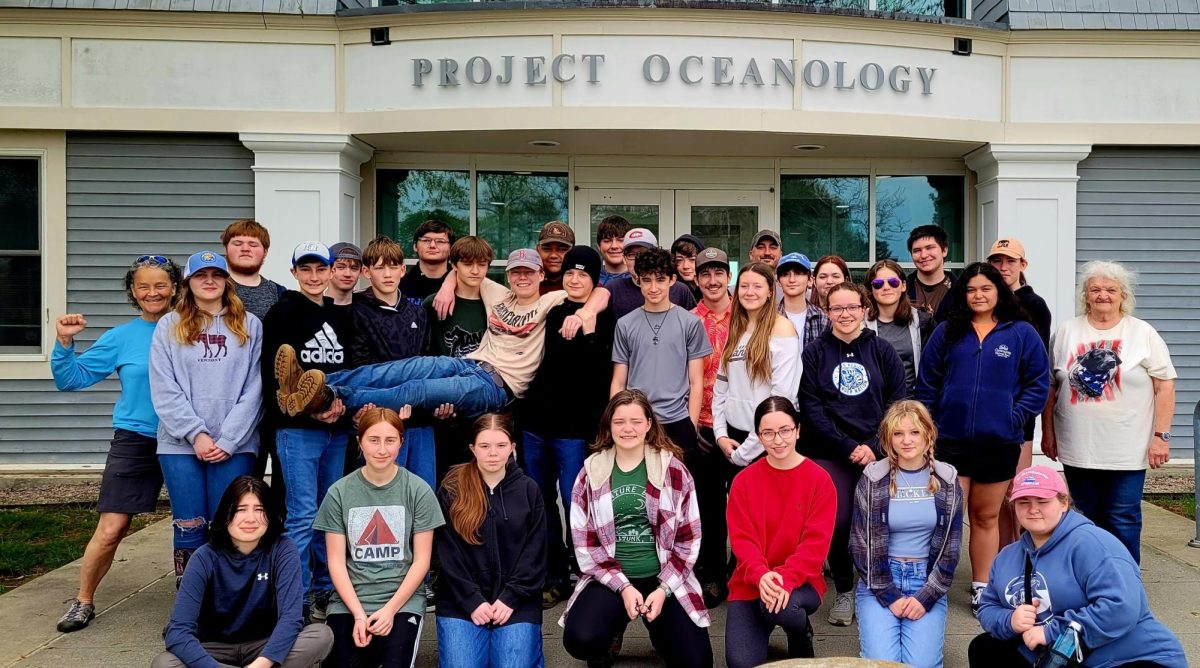




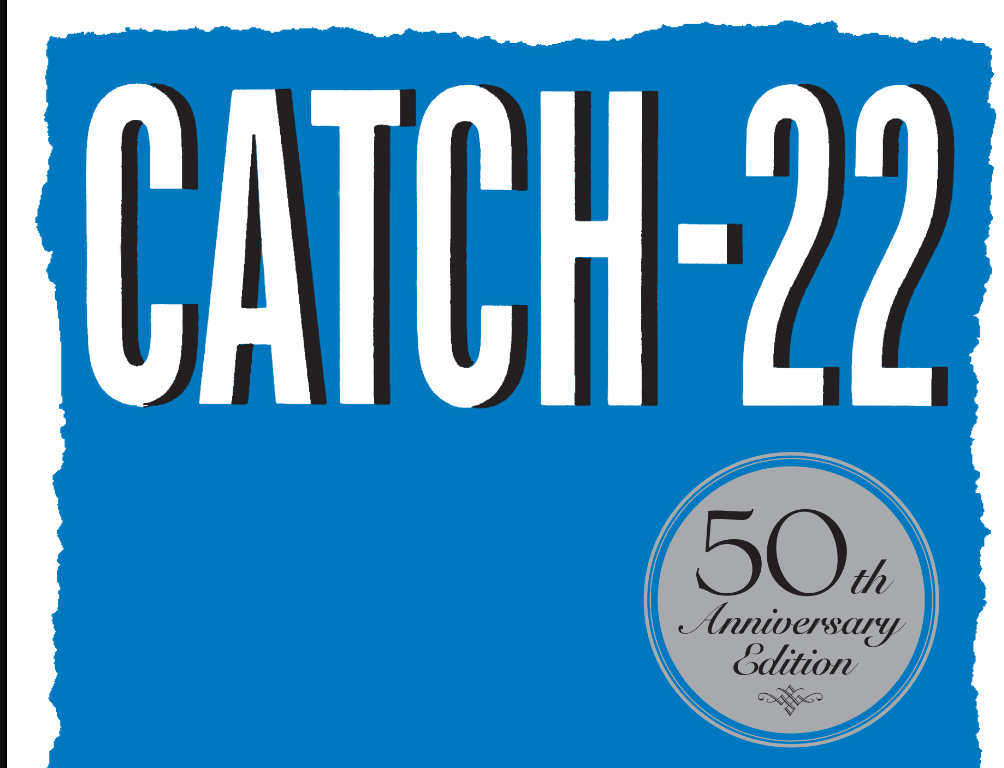
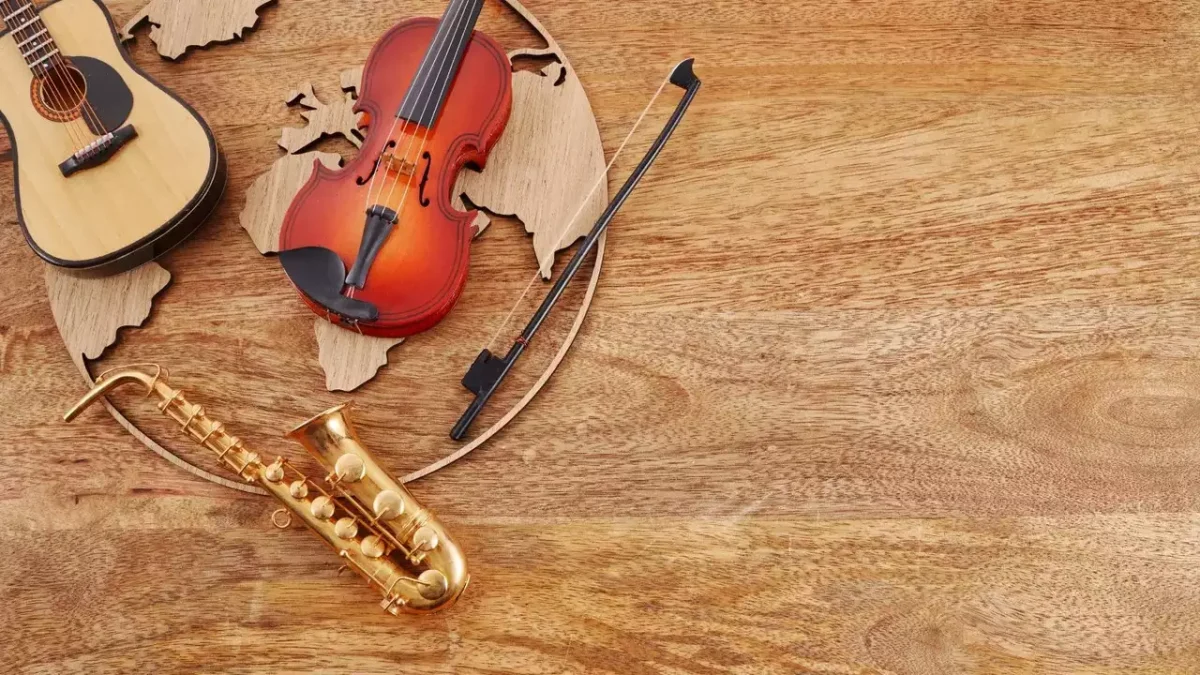




















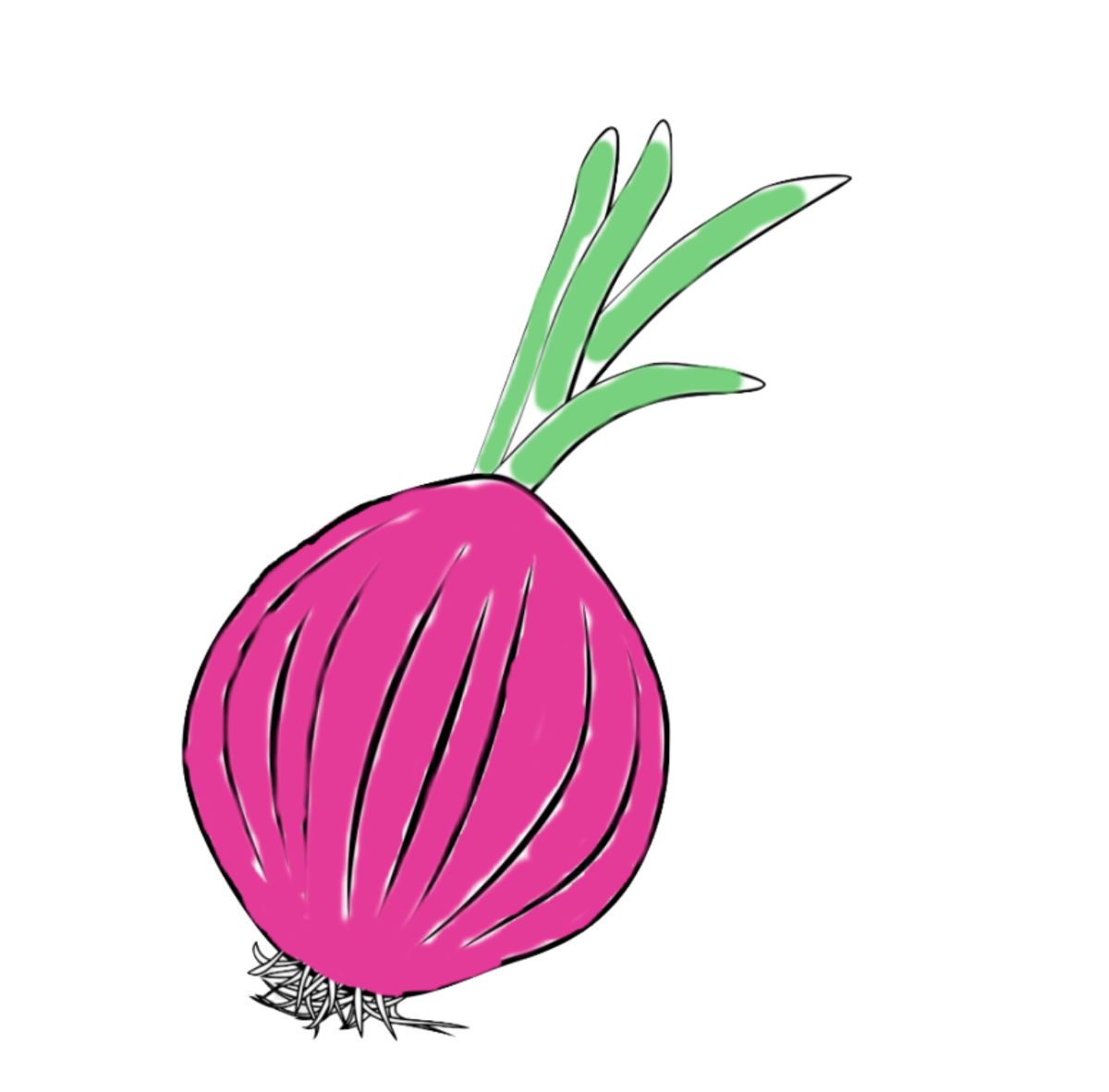







Abby Provost • May 7, 2022 at 7:40 am
Nicely done! Proud of your advocacy!